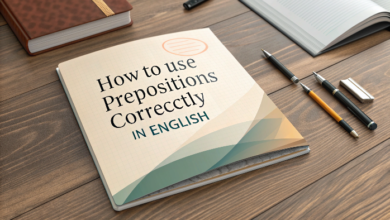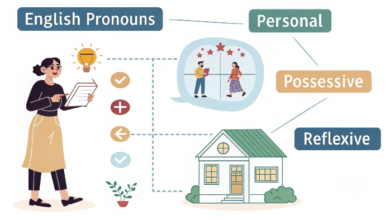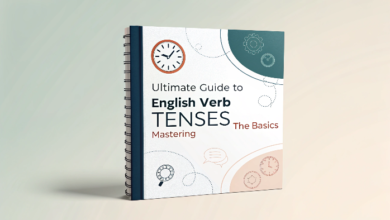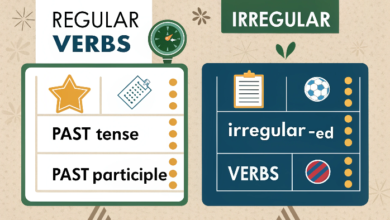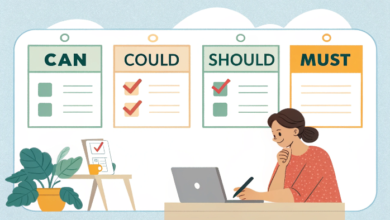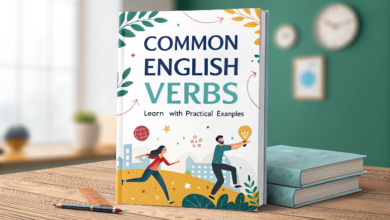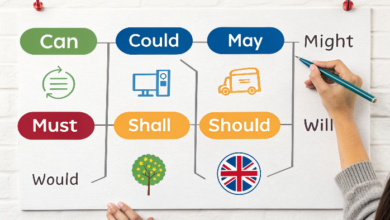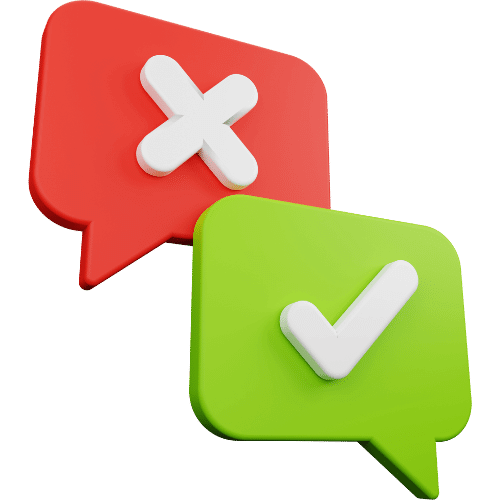How to Use Adjectives and Adverbs Correctly in English
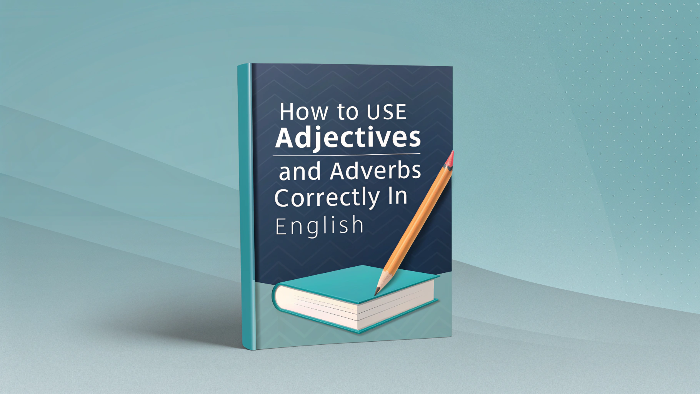
How to Use Adjectives and Adverbs Correctly in English
Adjectives and adverbs are fundamental parts of speech in English that help provide more detail and make your sentences more interesting. While they might seem similar at first,
they serve different purposes. Understanding how to use adjectives and adverbs correctly will help you enhance your English communication skills. In this article, we will explore the key differences between adjectives and adverbs, and provide useful tips and examples for using them correctly.
What Are Adjectives?
Adjectives are words that describe or modify nouns (people, places, things, or ideas). They provide more information about the noun they modify, such as its color, size, shape, or condition.
Examples of Adjectives:
Big: “She has a big house.”
Beautiful: “This is a beautiful painting.”
Old: “He drives an old car.”
Adjectives can be placed before a noun or after a linking verb (e.g., “is,” “are,” “seem,” “feel”) to describe the noun.
Before a noun: “She wore a red dress.”
After a linking verb: “The sky is blue.”
What Are Adverbs?
Adverbs are words that modify verbs, adjectives, or other adverbs. They provide additional information about how, when, where, or to what extent something happens. Adverbs can describe the manner, time, frequency, place, or degree of the action or quality.
Examples of Adverbs
Quickly: “She ran quickly to catch the bus.”
Very: “He is very tall.”
Well: “She sings well.”
Always: “They always arrive early.”
Most adverbs are formed by adding -ly to an adjective, but there are many adverbs that don’t follow this rule, like fast, hard, and well.
Key Differences Between Adjectives and Adverbs
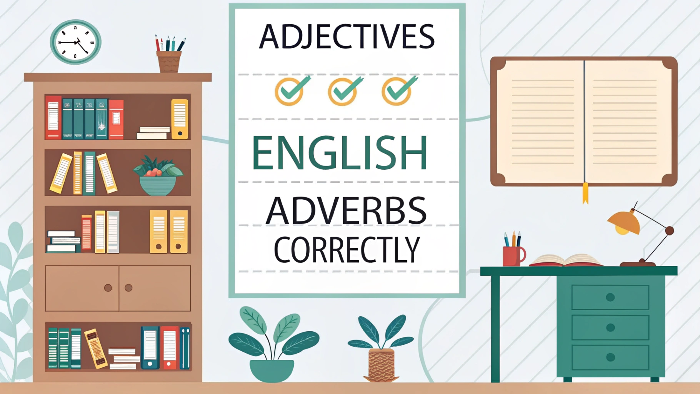
For more, go to the next page

